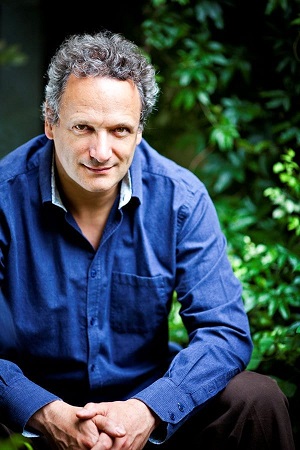 United States R. Strauss, Dessner: Katia and Marielle Labèque (piano), Cincinnati Symphony Orchestra / Louis Langrée (conductor), Cincinnati Music Hall, Cincinnati, OH, 20.9.2019. (RDA)
United States R. Strauss, Dessner: Katia and Marielle Labèque (piano), Cincinnati Symphony Orchestra / Louis Langrée (conductor), Cincinnati Music Hall, Cincinnati, OH, 20.9.2019. (RDA)

R. Strauss – Don Juan; An Alpine Symphony
Bryce Dessner – Concerto for Two Pianos
On an unusually warm September weekend, the Cincinnati Symphony Orchestra opened its 125th season led by Louis Langrée in works by Richard Strauss and Bryce Dessner, with soloists Katia and Marielle Labèque, two of today’s finest pianists.
Dessner is a Cincinnati-born composer, who has for years helped organize Cincinnati’s annual Music NOW Festival. Barely in his forties, and based in Paris, he has become one of the notable artists of his generation.
His Concerto for Two Pianos is an intriguing work that refuses to be pigeonholed. Dessner’s dense orchestration compels the listener to take stock of its contrapuntal and harmonic intricacies. In the solo roles, the formidable sisters gave Dessner’s complex score all the attention it deserved, and earned a warm response from the capacity crowd.
In 2017, Langrée chose Richard Strauss’s Don Juan — an early work written when he was 24 years old — to test the acoustics of Cincinnati’s newly renovated Music Hall. Revisiting the score, the conductor and orchestra were bold, tapping into the Strauss’s life force — which George Bernard Shaw symbolically assigned to the character of the Don. Toward the end, Langrée brought out the subtle, somber dissonances that signal the Don’s moment of reckoning, as he finally encounters the Stone Guest.
In 1916, the orchestra gave the American premiere of Strauss’s Alpine Symphony — which isn’t a traditional symphony, but a narrative tone poem. The composer’s final large orchestral work, it is massive in scope. In 22 sections that clock in at nearly an hour, Strauss depicts an Alpine journey, and is both at his excessive best and worst: long on Sturm und Drang, shy on quietude. The score makes enormous demands on the musicians and the conductor’s stamina — and by extension, the audience’s attention.
For this occasion, the orchestra was augmented to well over 100 musicians, including extra woodwinds, brass, and strings. The percussion section sported two timpanists, plus two additional players at the helm of other instruments, including wind machine, thunder sheet, and glockenspiel. Onstage and off, an organ, celesta, two harps and a brass choir contributed to the Strauss’s turbulent ascent to the Alpine summit.
In this no-holds-barred, passionately played evening, the musicians must be saluted for their precision, commitment, and intensity brought to this Leviathan, and their inexhaustible energy complemented Langrée’s Gallic elegance and restraint.
Rafael de Acha